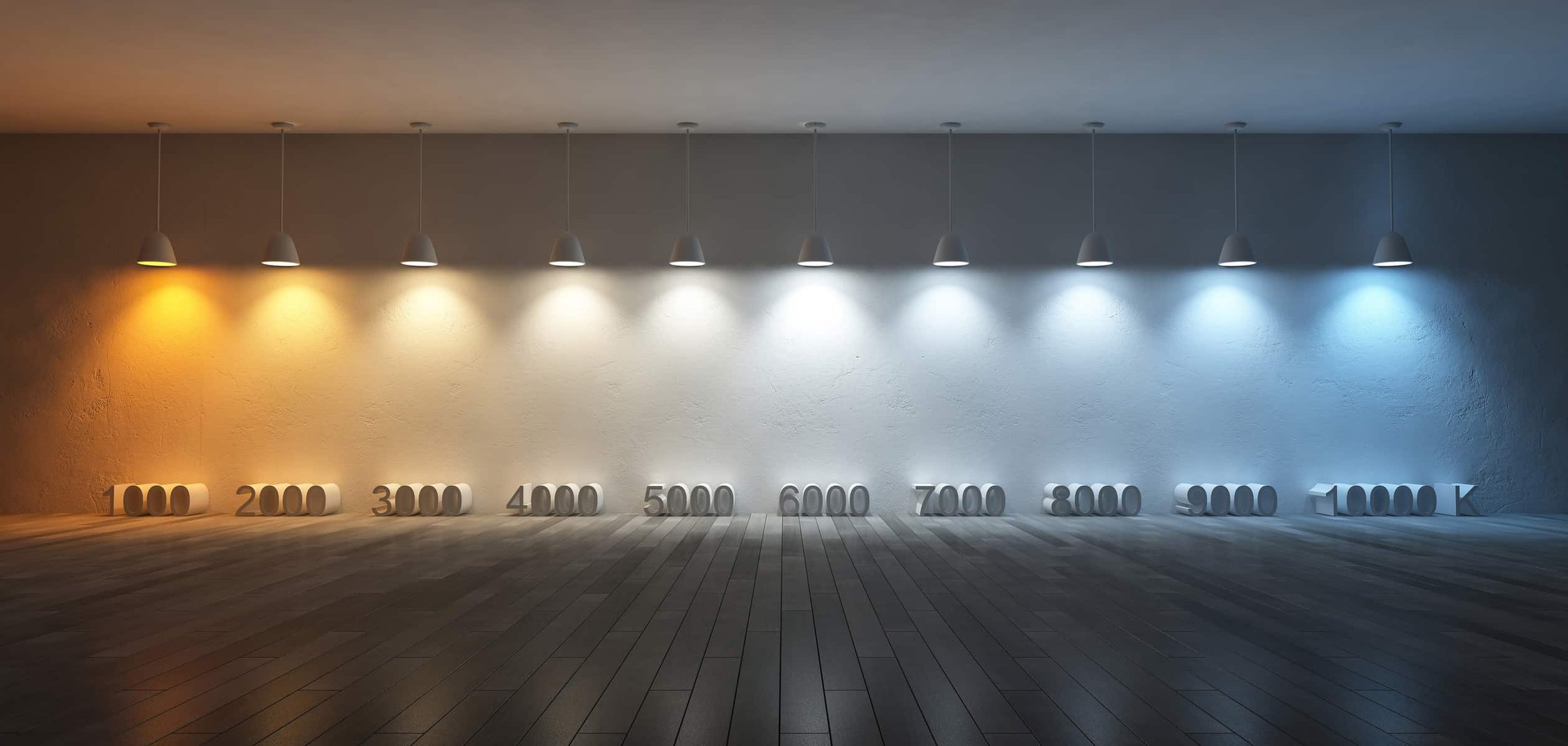7 Ways to Upgrade Your Home Lighting
The light should make a room feel welcoming and comfortable from the first moment you enter it.
Lighting plays a pivotal role in setting the tone and functionality of your home. Whether you’re looking to enhance aesthetics, improve efficiency, or create a more welcoming atmosphere, upgrading your lighting can transform any space. Here are seven impactful ways to elevate your home’s lighting:
1. Layer Your Lighting
To create a well-balanced and inviting interior, it’s essential to understand and incorporate the main types of lighting. Each type serves a distinct purpose and, when layered together, can transform any space into a harmonious and visually stunning environment.
Effective lighting design incorporates four main types of lighting: ambient, task, accent, and decorative.
Ambient lighting provides general illumination for the room, ensuring a uniform light. It creates a comfortable brightness level without glare, allowing people to move around safely and perform tasks.
Task lighting is focused and functional, ideal for reading, cooking, or working. It helps you to perform everyday activities.
Accent lighting highlights architectural features, artwork, or decorative elements. This type of lighting adds depth and dimension, creating focal points that draw the eye and add interest.
Decorative lighting fixtures, such as chandeliers and wall sconces, serve as artistic elements. While they provide illumination, their primary role is to contribute to the space's overall aesthetic.
Combining these layers creates depth and functionality in your spaces.
In addition to the four types of lighting mentioned above, daylight is a crucial factor for all interior spaces. Interior designers can monitor how daylight enters each room they work on – it will affect where everything is positioned. It’s as important as artificial light. In a living space with expansive glazing, daylight will pour in, making it feel bright and open. So then we think about handling the artificial light – and offer different options throughout the day.
As we aspire to create an appealing and comfortable atmosphere in the home, lighting is a noteworthy element boosting the mood and purpose of a dwelling. When most people think of lighting, they consider lamps, the design, and even intensity. But there is one more critical aspect that deserves your attention – the colour temperature. Lighting temperature can make or break the overall atmosphere in a room, colours and, certainly, have a positive or negative effect on people’s moods. Thus, homeowners, looking for professional guidance in this vital aspect, home interior designers in Gurgaon and home interior designers in Delhi influence the necessity to select the right lighting temperature for various rooms.
2. Right Lighting Temperature
As we aspire to create an appealing and comfortable atmosphere in the home, one critical aspect that deserves your attention is the colour temperature. Lighting temperature can make or break the overall atmosphere in a room, as colours can undoubtedly have a positive or negative effect on people’s moods.
Lighting temperature, measured in Kelvin (K), refers to the colour tone of the light emitted by a bulb. This can be anywhere from yellow, which resembles warm light, to blue, which appears to be cool light. Light temperature ranges from 2700K (warm light) to 5000K and above (cool light),
I recommend using warmer lighting, 2700K-3000K, throughout the home. It creates a cozy, relaxed, and intimate atmosphere. I disagree with some designers who suggest cooler lighting (3500K and above) depending on the room's functionality. I only recommend cooler lights in commercial spaces. Colour temperatures should not be mixed within a home.
3. Embrace Dimmable Fixtures
Dimmers allow you to adjust the light intensity to suit your needs and mood. They’re perfect for creating ambiance during dinner parties or reducing glare in the evenings. They provide flexibility in lighting, making it easier to create the perfect environment for different occasions. Pair dimmers with LED bulbs for energy-efficient, versatile lighting.
4. Upgrade to Smart Lighting
Smart lighting systems offer convenience, efficiency, and personalization. You can control your lights remotely through your phone or voice commands, set schedules, or choose from various colours to match your mood.
5. Incorporate Statement Fixtures
Chandeliers, pendant lights, or sculptural lamps can act as statement pieces, adding personality and elegance to your home. When choosing a fixture, consider scale, materials, and how it complements your overall design style.
6. Use Undercabinet and Toe-Kick Lighting
In kitchens, bathrooms, or even living rooms, undercabinet and toe-kick lighting provide both functional and decorative benefits. These lights enhance visibility for tasks while adding a modern, polished look.
7. Highlight Outdoor Spaces
Don’t neglect your outdoor areas! Well-placed landscape lighting can enhance curb appeal, improve safety, and create a cozy atmosphere for entertaining. Path lights, uplights for trees, or string lights for patios can make a big difference.
Final Thoughts
Upgrading your home lighting is crucial to creating a welcoming atmosphere in your home. By making strategic changes and investing in versatile options, you can create a home that’s not only well-lit but also warm, inviting, and uniquely yours.


